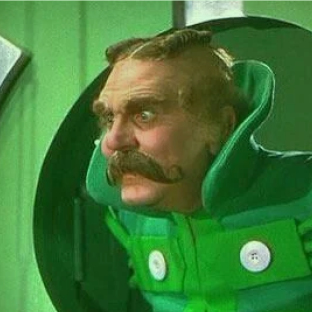Most people would rather face the electric chair than sit through a PowerPoint presentation.

The following tips for a better PowerPoint presentation are from Brad Shore of 12most.com
Most people would rather face the electric chair than sit through a PowerPoint presentation. This is fairly sound reasoning, considering most PowerPoints are capable of boring someone to death.
It’s unfortunate that so many PowerPoint presentations are poorly constructed and delivered, because when executed properly they can be tremendously persuasive.
Here’s how to get the most out of your presentation:
1. Have a point
A point is what puts the power in a PowerPoint presentation, what keeps people from walking away thinking they wasted their time. One way to develop your central point is to complete the sentence, “The most important thing you will gain from this presentation is —.” Whatever the point is, it should matter the audience, not the presenter. Example: “This presentation will show you how we can reduce your procurement costs by 25%.”
2. Do an outline
The point of your presentation is the starting point for your outline, and it should be stated both at the beginning and the end. Staying with the example, continue the outline by adding a slide for each of the high-level ways you can reduce the customer’s procurement costs. Then, add slides for ways that need detailed explanation. A point-based, benefit-driven outline forces you to put ideas in a sequence that the audience can follow — and more importantly, wants to follow.
3. When in doubt, leave it out
Avoid the temptation to go into detail by asking yourself, will the listener get the point and be willing to act on it without this information? The huge value of hitting only the high points is brevity. The longer the presentation, the less people remember. For complex topics, deliver a high-level presentation, and then email listeners a copy of the PowerPoint with additional, detailed slides.
4. Highlight personal benefits
When discussing the value of saving 25% on procurement costs, go beyond the mundane business benefits like a stronger bottom line, and touch on how your customer can be a hero to the boss, or maybe even earn an extra week’s vacation. This draws people in and influences them on a deeper level.
5. Use powerful images
Especially for slides with a personal angle, use visuals that evoke an emotional response. Everybody complains about dry presentations, and poor imagery is a big reason why. Just make sure images are relevant to the slide’s content; otherwise, they only distract and confuse.
6. Use images to simplify complex ideas
Everybody knows a slide loaded with lengthy bullet points is tedious. If the idea is that complicated, forget the text altogether and use an image that you can walk the audience through. A visual explanation is more easily understood and longer remembered.
7. Use slides for emphasis, not exposition
A slide should not attempt to tell the whole story — that’s what the presenter should do verbally. Generally, the best way to leverage a slide is to draw attention to and reinforce key points.
8. Use humor, carefully and selectively
Engaging PowerPoints often contain a cartoon or two, and an occasional joke breaks down barriers and prevents clock-watching. Effective humor for a business presentation steers clear of controversial topics and has at least some relevance to the topic. Humor can also be used to help make key points sink in.
9. Ask great questions
Instead of giving a speech, engage the audience in conversation. For this to work, you must ask questions that force people to think, but not so hard as to make them clam up for fear of giving a dumb answer. A couple of easy ways to get people to speak up: ask them to share a (not too) personal experience or to give you their gut reaction to what you just said.
10. Rehearse again and again
You can always tell when a presenter has practiced: slide transitions are impeccably timed, explanations are crystal clear, and questions are fielded smoothly, never disrupting the flow of the presentation. Polished execution captures and sustains interest, and cannot be accomplished by “winging it.”
11. Solicit audience feedback afterwards
Great presenters usually start out just as clumsily as anyone else. Perhaps the second best way to improve is to ask the audience what they liked and what could be improved. People are more likely to give answers while they are there, so try passing out survey cards and collecting them as they leave.
12. Watch yourself on video
If audience feedback is the second best way to improve, watching yourself in action just might be the best. Most of us feel the other way around, but our flaws really are more glaring to ourselves than to others. It may be painful, but even a few minutes reviewing your performance on video could save you hours of time in a PowerPoint training room.
PowerPoint is a great tool, but like most tools, it’s only as good as the person using it. What techniques do you use to keep your audience engaged?
Image Credit: Kathy Sierra Back to Insights



